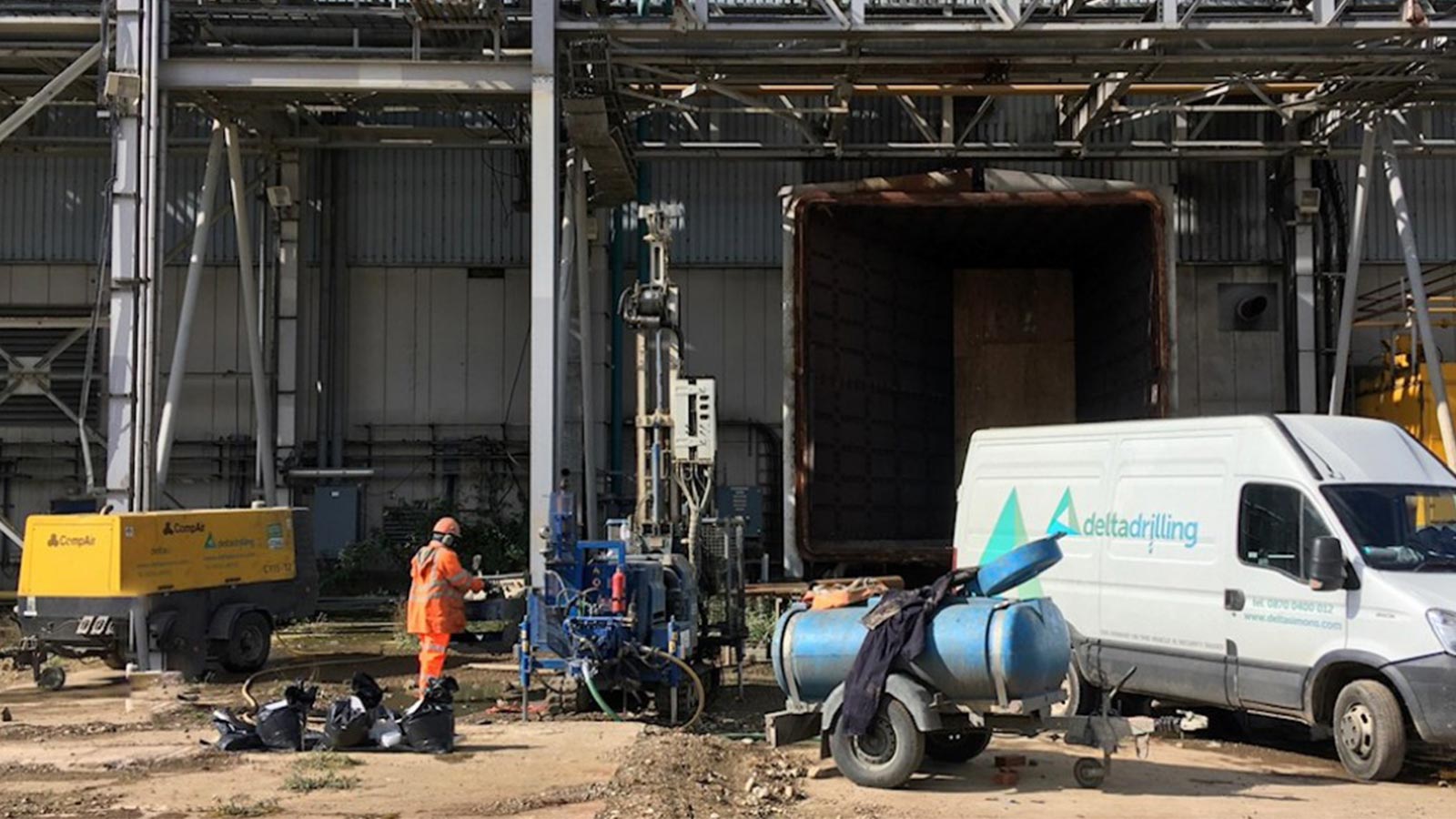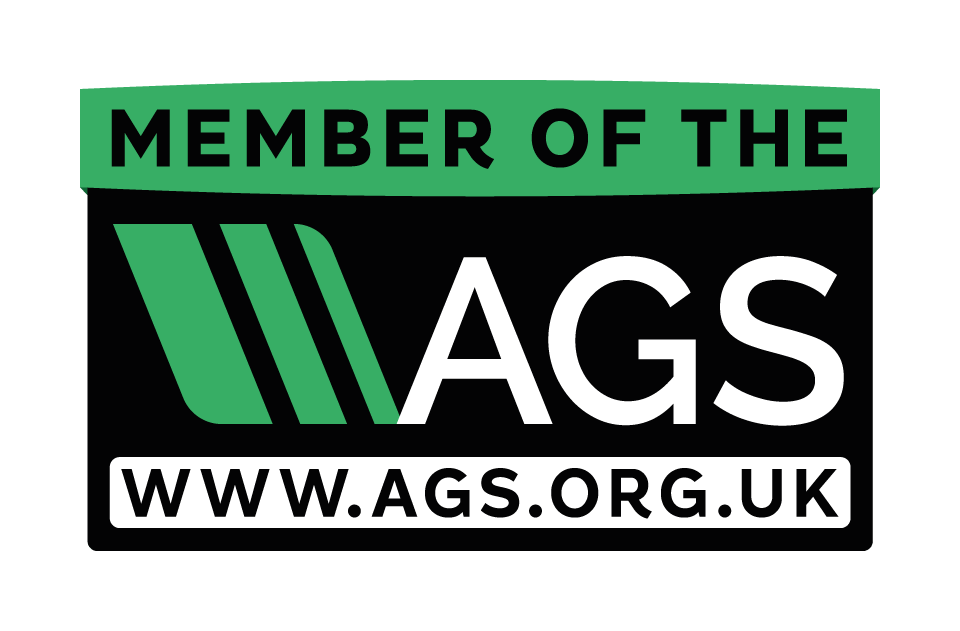Are you concerned about potential hazardous materials contaminating your land? Ensure the safety of your site and maintain compliance with regulations through thorough soils testing.
At Lucion, we recognise that contaminated land can pose significant risks to your project, causing delays, financial losses, and potential harm to your stakeholders and the environment. That’s why we focus on understanding your unique challenges and providing tailored solutions that address your specific needs.
Our team of experienced surveyors, analysts, and Geo-Environmental Consultants work closely with you to identify and mitigate the risks associated with contaminated land. We offer a comprehensive range of contaminated soils testing services, all customised to your project requirements, ensuring you have the data and insights needed to make informed decisions and keep your project on track.
Whether you require Asbestos in Soils Testing (CAR-SOIL) to ensure compliance with regulations, Soils Chemical Testing to determine the extent of contamination, or WAC Testing to assess the suitability of remediated waste for landfill, our UKAS ISO 17025 accredited laboratory delivers accurate and reliable results. With an in-house SEM Analysis capability, we provide conclusive evidence of asbestos fibres, enabling you to develop effective risk management strategies and protect your stakeholders.
We understand that every project is unique, which is why our dedicated Geo-Environmental Consultants work together with you to develop bespoke solutions that align with your project goals and timelines. From initial desktop studies to identifying potential contamination risks to comprehensive site investigations and remediation planning, we support you at every stage of the process. We aim to provide you with a seamless, hassle-free experience that minimises disruptions to your project and maximises efficiency.
Ensure your project remains compliant, on schedule, and within budget with actionable insights and recommendations from Lucion. We enable you to make confident decisions, mitigate risks, and protect your people and the environment.

































